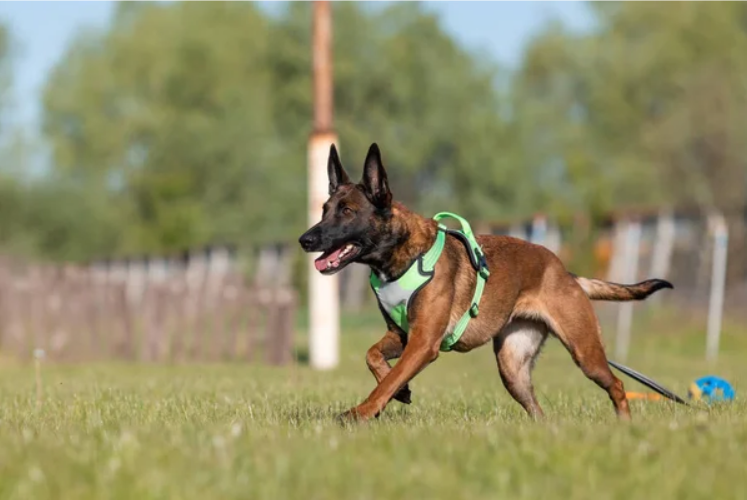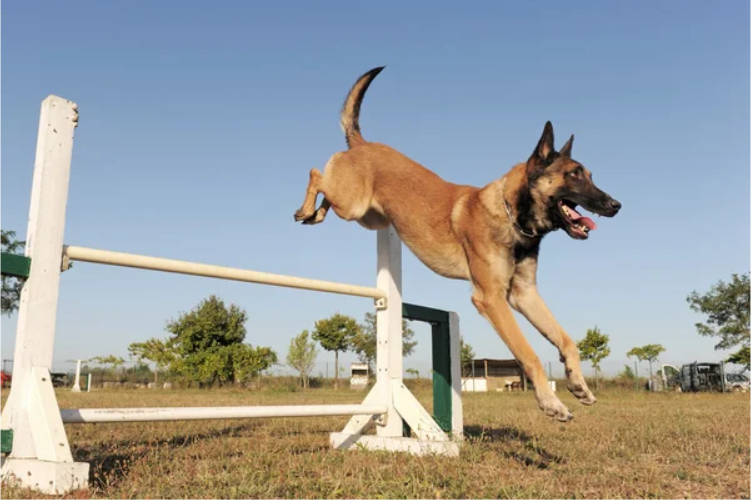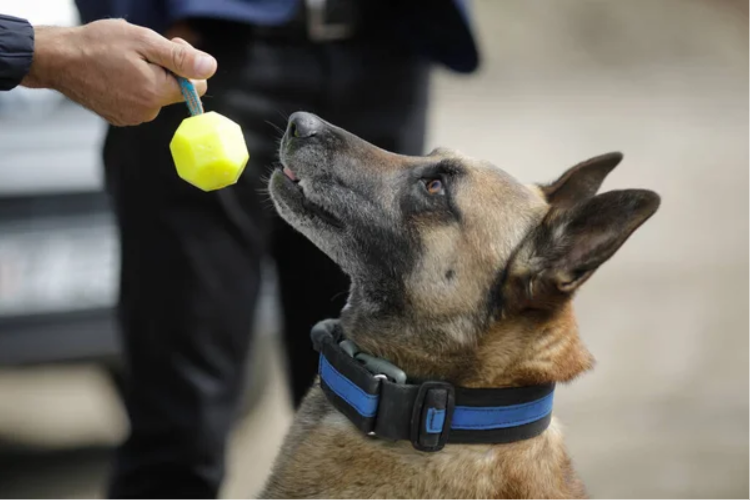
Family protection dogs are more than just pets—they are trusted guardians of our loved ones and property. To keep these loyal canines in peak condition, they need regular exercise and consistent training. This guide will outline the essential exercise and training needs of family protection dogs, ensuring your protector stays fit and ready.
Understanding Protection Dogs and Their Needs
Protection dogs are more than just pets; they’re highly trained professionals with a crucial job to do. Whether you’re considering family protection dogs or looking at protection dogs for sale, it’s essential to understand that these animals require a significant investment of time and energy to maintain their skills and fitness.
What Sets Protection Dogs Apart?
Protection dogs are distinct from regular pets in several ways:
- Specialized training in threat detection and response
- Higher levels of alertness and energy
- Advanced obedience skills
- Physical strength and agility
These unique characteristics mean that protection dogs have specific exercise and training needs that go beyond those of typical family pets.
The Importance of Regular Exercise for Protection Dogs
Exercise is crucial for all dogs, but it’s especially vital for protection dogs. These highly trained animals need to maintain peak physical condition to perform their duties effectively.
Physical Benefits of Exercise
Regular exercise provides numerous benefits for protection dogs:
- Maintains muscle tone and strength
- Improves cardiovascular health
- Enhances agility and reflexes
- Helps manage weight and prevent obesity
Mental Stimulation Through Exercise
Exercise isn’t just about physical fitness; it also provides essential mental stimulation for protection dogs. Engaging in various activities helps:
- Prevent boredom and destructive behaviors
- Maintain alertness and focus
- Reinforce the bond between dog and handler
How Much Exercise Does a Protection Dog Need?
The exact amount of exercise a protection dog needs can vary based on factors such as breed, age, and individual energy levels. However, as a general guideline:
- Adult protection dogs typically require 1-2 hours of exercise daily
- This should include a mix of high-intensity activities and more relaxed exercises
- Exercise sessions should be spread throughout the day
It’s important to note that exercise needs may change as the dog ages or if there are any health concerns. Always consult with a veterinarian or professional trainer to determine the best exercise regimen for your specific protection dog.
Types of Exercise for Protection Dogs

Protection dogs benefit from a variety of exercise types to keep them physically fit and mentally engaged.
Cardiovascular Exercise
Cardiovascular exercise is essential for maintaining stamina and overall fitness. Some effective cardio activities for protection dogs include:
- Running or jogging with their handler
- Swimming (if the dog enjoys water)
- Playing fetch or frisbee
- Agility courses
Strength Training
While protection dogs don’t need to lift weights, certain activities can help maintain their strength:
- Tug-of-war games (with proper training to ensure control)
- Pulling exercises (such as pulling a weighted sled)
- Hill climbing
Mental Exercise
Mental stimulation is just as important as physical exercise for protection dogs. Some activities that provide mental challenges include:
- Scent work and tracking exercises
- Puzzle toys and food dispensers
- Obedience training sessions
The Role of Training in a Protection Dog’s Routine
Training is an ongoing process for protection dogs, not a one-time event. Regular training sessions help maintain and refine their skills while providing mental stimulation.
How Often Should Protection Dogs Train?
The frequency of training sessions can vary, but generally:
- Short daily training sessions (10-15 minutes) are ideal for reinforcing basic skills
- Longer, more intensive training sessions (30-60 minutes) should occur 2-3 times per week
- Specialized protection training should be conducted under professional supervision at least monthly
Key Training Areas for Protection Dogs
Protection dogs require training in several key areas to maintain their effectiveness and ensure they remain well-behaved family members.
Basic Obedience
A solid foundation in basic obedience is crucial for all protection dogs. This includes:
- Sit, stay, come, and heel commands
- Leash manners
- Impulse control
Advanced Obedience
Protection dogs should also master more advanced obedience skills:
- Off-leash control
- Distance commands
- Ignoring distractions
Specialized Protection Training
This is where protection dogs truly distinguish themselves:
- Threat detection and assessment
- Controlled aggression and de-escalation
- Handler protection techniques
Socialization
Proper socialization is crucial for protection dogs to function effectively in various environments. We’ll explore this topic in more depth later in the article.
How to Train a Dog to Be Protective

Training a dog to be protective requires careful guidance and professional expertise. While we don’t recommend attempting this without professional help, here are some general principles:
- Start with a solid foundation of basic and advanced obedience
- Gradually introduce controlled threat scenarios
- Teach the dog to differentiate between genuine threats and normal situations
- Always prioritize the dog’s safety and well-being during training
How to Train Your Dog to Protect You
Training a dog to protect an individual requires a strong bond and trust between the dog and its handler. Some key aspects of this training include:
- Teaching the dog to stay close to the handler in various situations
- Developing a reliable alert system for potential threats
- Practicing scenarios where the dog must intervene to protect the handler
Again, this type of training should always be conducted under professional supervision to ensure safety and effectiveness.
The Importance of Socializing Your Protection Dog
Socializing your protection dog is a critical aspect of their training and development. A well-socialized protection dog can differentiate between normal situations and genuine threats, reducing the risk of false alarms or inappropriate aggression.
Benefits of Proper Socialization
Proper socialization offers numerous benefits for protection dogs:
- Improved ability to remain calm in various environments
- Better discrimination between threats and non-threats
- Reduced stress and anxiety in new situations
- Enhanced ability to focus on their protective duties
What Age to Start Dog Protection Training
German Shepherd protection dogs are among the most popular choices for personal and family protection. The age at which to start protection training is a topic of debate among trainers, but there are some general guidelines:
- Basic obedience training can start as early as 8-10 weeks old
- Socialization should begin in puppyhood and continue throughout the dog’s life
- Formal protection training typically begins around 12-18 months of age, once the dog has matured physically and mentally
It’s important to note that every dog develops at its own pace, and a professional trainer should assess the individual dog’s readiness for protection training.
Keeping Your Family Protection Dog in Top Shape
Owning a family protection dog is both a responsibility and a joy. With the right exercise, training, and care, these amazing animals will stay healthy, happy, and ready to protect.
Every protection dog is unique, so it’s essential to work with professional trainers and vets to create a customized exercise and training plan. This ensures your dog remains a loyal, capable, and balanced protector.
For expert guidance and top-notch protection dog training, contact Scott’s K9. With years of experience, they can help you find and train the perfect protector for your family. Call Scott’s K9 at (919) 939-6003 or email steve@scottsk9.com to learn more about their services.